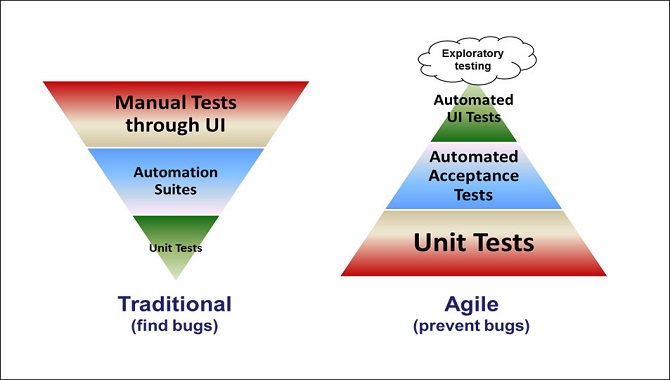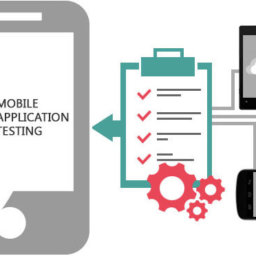Agile Testing
First of all let’s get to the root meaning of the name itself which consists of two words ie Agile and testing. Now, Agile means ‘fast or doing something quickly’ and testing suggests ‘to do trial of quality of something’. So, this gives let’s our mind think that it might be group of techniques used for testing of stuff in a fast & efficient way.
Wait, yes you are close!!
Agile is a set of beliefs and values. When it comes to testing then we can say it applies that values and principles to testing of products.
So, Agile testing is a practice within Agile software development. It is an incremental method of testing, where the product deliverables are tested for bugs or performance issues on a continuous basis, within each stage of the release. Agile methodology proposes that continuous improvements are made to the software, based on continuous feedback/requirements from clients and collaboration between teams. By testing in an agile basis, software is continuously checked for performance issues rather than at the end of development.
Agile methodology and testing is used for software development/website development and was devised by a group of guys that created a set of principles to develop software in the face of a constantly changing environment.
Advantages of Agile Testing:
- Agile testing ensures the customer requirements are being met continuously
- Bugs are fixed on a continuous basis, ensuring that the software is clean
- More collaboration between teams
- The product is only available to end-users once all bugs are fixed
- Adding value to customers on an ongoing basis.
Disadvantages of Agile Testing:
- Testers spend less time on documentation, such as test strategies and plans
- Requires time and effort and if the developer is the tester too, time on
development can be halted.
Agile methodology is a commonly used practise these days and I would recommend the use of it over waterfall methods because it keeps software current development, in light of changing customer requirements.















